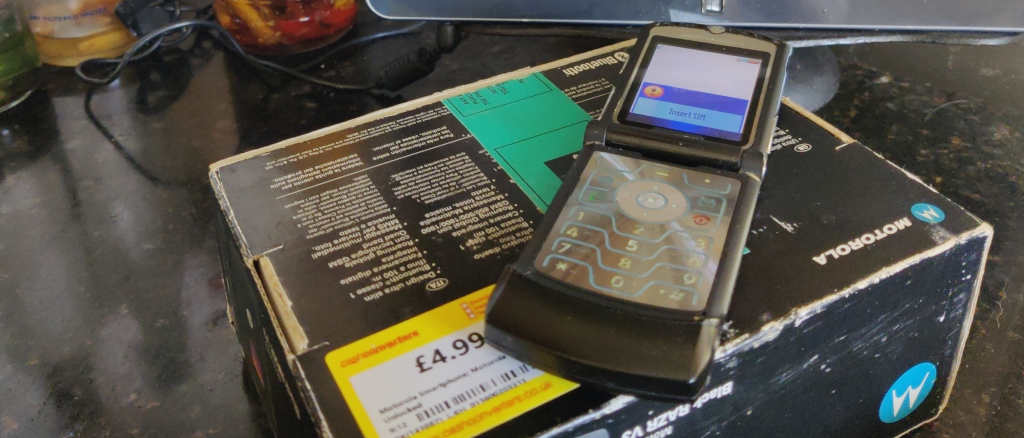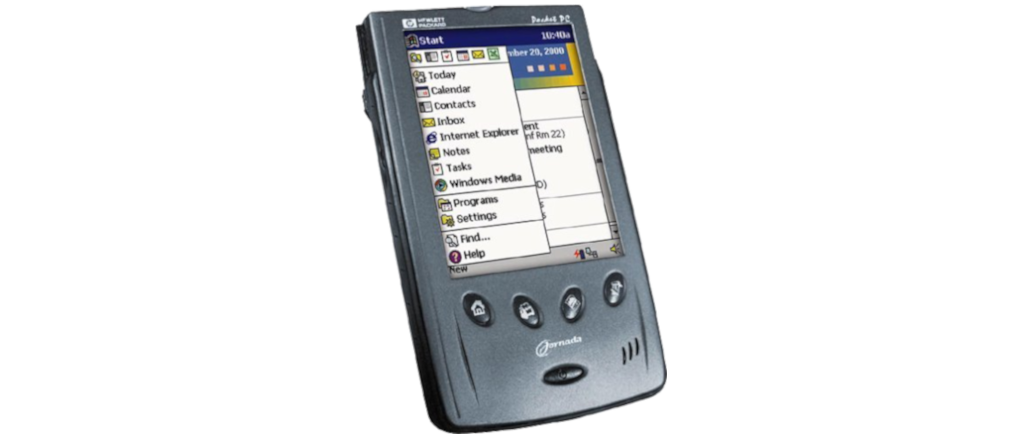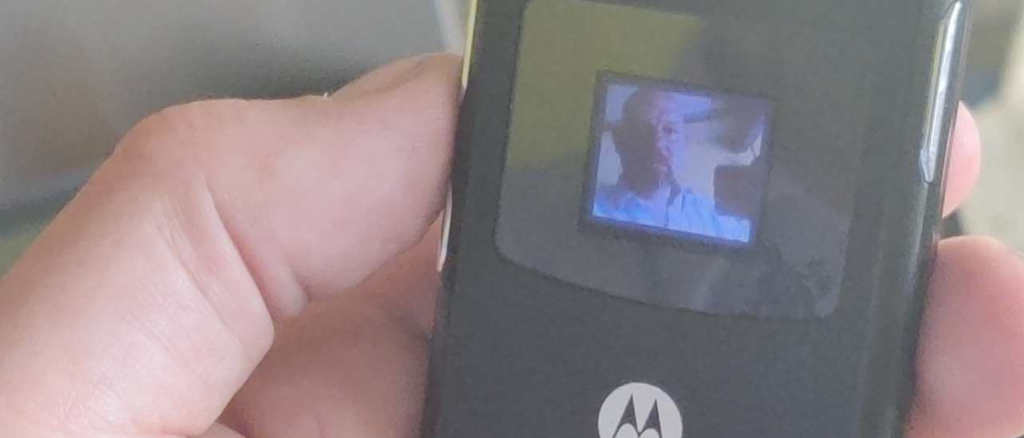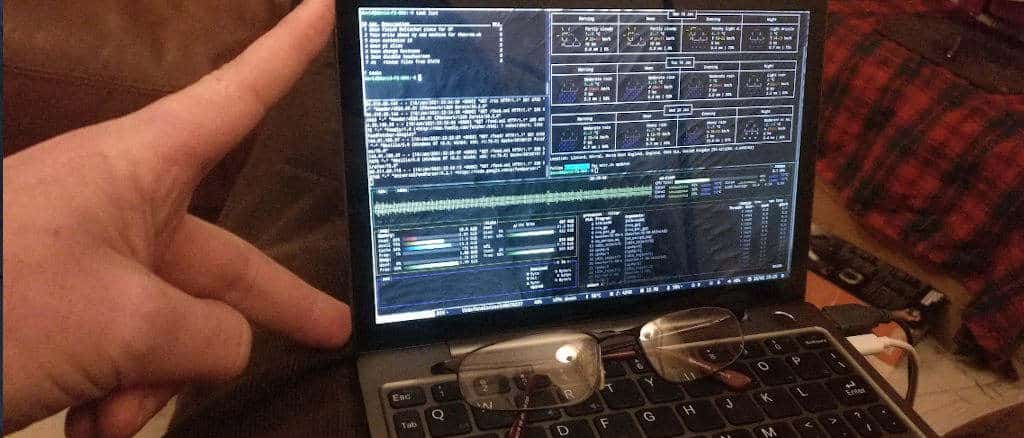The best smartphone accessory you can buy is... a dumbphone

Every now and then, writers - particularly those of a tech bent - push out an article with a title along the lines of, “I replaced my smartphone with a dumb phone for a week, and here’s what happened.”
It goes like this:. Usually the writer gets itchy fingers like a nicotine scratch that won’t quit - they crave the instant gratification of Facebook, of Instagram, and the ability to perform an instant Google search on random trivia. Over the course of the week, the cravings fade, and the writer finds themself in a place of Zen. They become better people. More focused people. They have, in some way transcended into a realm of superiority from which they can gaze pityingly on us mere mortals glued to a six inch screen.
Eventually, they pick up their smartphone and carry on exactly as normal - what journey they’ve been on. How shocking. How spiritual.
Most people who lived in the 1990s and early 2000s went through a succession of handsets ranging from the chocolate bar format to clamshells, maybe a dalliance with Blackberry - before eventually settling on some slick slab of glass, plastic and aluminum.
My own journey wasn’t like that - it wasn’t linear in quite the same way.
At some point in the year 2000 (which, for some reason, still sounds like it’s in the future), I was gifted a Hewlett Packard Jornada 548. This was one of the original Pocket PCs, and boasted a 133Mhz, 32-bit Hitachi processor, 16Mb of ROM, and 32Mb of RAM. Storage was via a meaty compact flash card which slotted into the back.

I used my little pocket PC like the way I use my OnePlus Nord in 2022. I read the news on it (thanks to a nifty piece of software called activesync), I read books in Microsoft’s proprietary .lit format. I listened to music stored on my mighty CF card, and I even had satellite navigation thanks to an external GPS antenna and TomTom maps. One thing I didn’t do with my pocket computer was make telephone calls. For that, I had a trusty Ericsson with interchangeable covers and DIY ringtones. Technologically, phones and PPCs / PDAs were worlds apart.
Even when I came across the much more powerful Jornada 928, which was capable of voice calls and data transmission, I used this feature to painstakingly surf the web. I still used the Ericsson brick for voice calls.
It was only in 2012 when I bought my first Android handset that I said goodbye to the idea of two seperate devices - one for computing on-the-go and one for communication. I had, by this point, been running a PDA and mobile phone in tandem for more than a decade.
Modern smartphones are crap for voice calls
Android was cool, but making phone calls was a ballache, and I ended up with my faceprint smeared all over the glass. Battery life was, in comparison to an actually mobile phone, absolutely awful. Even today, it’s rare to find any kind of smartphone with a battery life of over two days, and if you dare to rely on it for voice calls in an emergency - more fool you. A smartphone is not a phone, it’s not intuitive like an old-skool mobile phone - it’s an old school PDA in disguise and treating it like a mobile phone is a mistake.
Walk down your nearest high street and regard the yoofs holding their iPhone or Android slab eight inches in front of their face and conducting their conversation over speaker. That’s how unintuitive it is.
Back in 2004, the hottest phone to have was the Motorola Razr V3. It was a thing of beauty, with the profile and action of a barber’s razor, and a keypad made of a single piece of aluminium. It even had two screens so you could see who was calling without flipping open the clamshell design.
Naturally I scoffed at such a thing. I had my shockingly powerful PDA with full data and voice capabilities, and I had my dedicated actual phone for making calls. People who wanted a Razr were nothing more than fashion victims. Nonetheless, the Razr V3 was sold out almost instantly.
It’s now 2022, and I have a Oneplus Nord running e.OS. It’s cool. I still use it in more or less the same way that I used my old PDAs - except now, I use it mainly for quick photos, and to connect to the various sites and services I run from the Raspberry Pi behind my couch. For voice calls, it’s OK, I guess - no better or worse than the ancient handsets from the 90s and 00s. But goddamn, I hate using it as a phone.
The Crow buys a dumb phone
Stepping into my local pawnbrokers last month to enjoy their top class air-con, I noticed an old Motorola Razr in the bottom cabinet. It was a fiver.
I couldn’t resist, and after peeling off the “secure wiped” stickers which marred the screen, plugged it in with the supplied mini USB cable, and had a quick browse through the previous owner’s dog photos. Honestly, nothing I have ever bought from Cash Converters has ever had its data wiped.
I also stopped by the nearest Asda to pick up a new SIM which provides unlimited calls and texts for the low, low price of £4 per month.
If anyone calls me - usually either my parents, my spouse, or my children - calls are auto-forwarded to the Razr, and I can whip it out and snap it open like I’m the coolest kid in 2004, then snap it shut with a resounding and satisfying finality. I get looks, and the two screen wonder lets me see who’s calling before opening, so I can ignore, without running the risk of actually answering or rejecting thanks to a massive, touch sensitive screen.
And although the Razr was possibly the first phone which allowed you to see a selfie as you took it, they’re not images you would want to share with anyone. Not that you can really - the Razr’s ancient data modem won’t connect to any modern cell network, and it doesn’t come with WiFi.

The other effect has been that I pull the Nord out less frequently. Often, in days before the Razr purchase, I would pull my Nord out to check the time or just because my hands needed to be busy. Once it was out, I would check my emails, news headlines, do a random search, scan the Fediverse feeds, or look through my photo gallery.
With the Razr, that doesn’t happen because it doesn’t have any of that functionality. I pull it from my pocket, snap it open then shut, then put it away. I’m more present in conversations because I’m not constantly checking my damned phone.
The Nord comes with me everywhere, of course. It’s a vital tool, but I’ve given up using it as a phone, or referring to it as such.
It’s 2004 again - I’m rocking a Razr and a PDA, and I’m cool as frozen shit.
This site is hosted on a Raspberry Pi 4B in the author's living room (behind the couch). If you fancy building a website, but would prefer not to have hardware cluttering up your house, you can get reasonably priced hosting from BlueHost
On the other hand, if you're worried about being followed online, consider using PureVPN to cover your tracks.
These are affiliate links. Obviously. If you're feeling generous, you can buy me a coffee.



